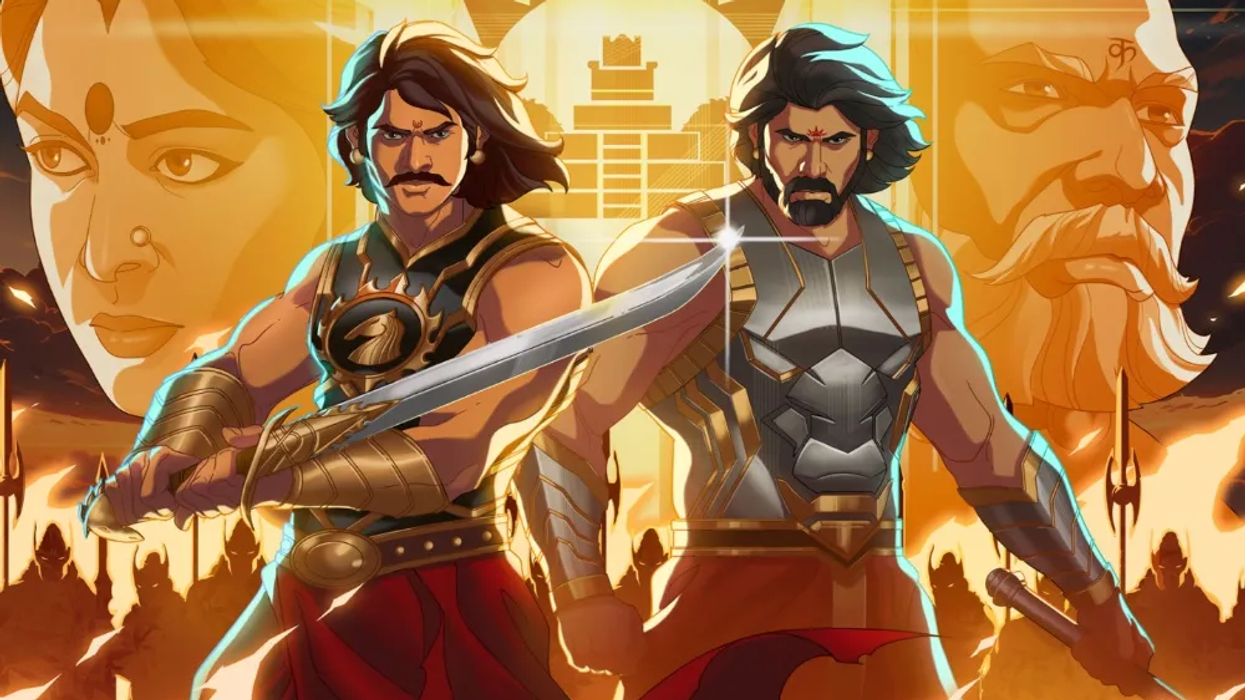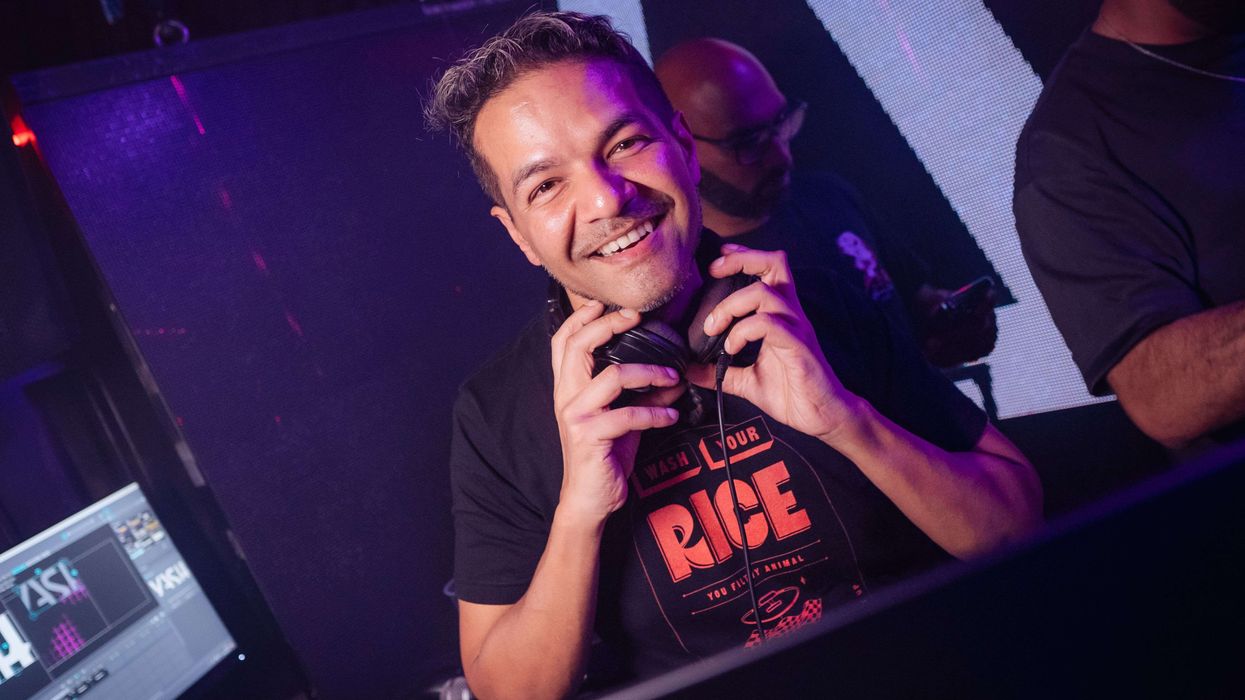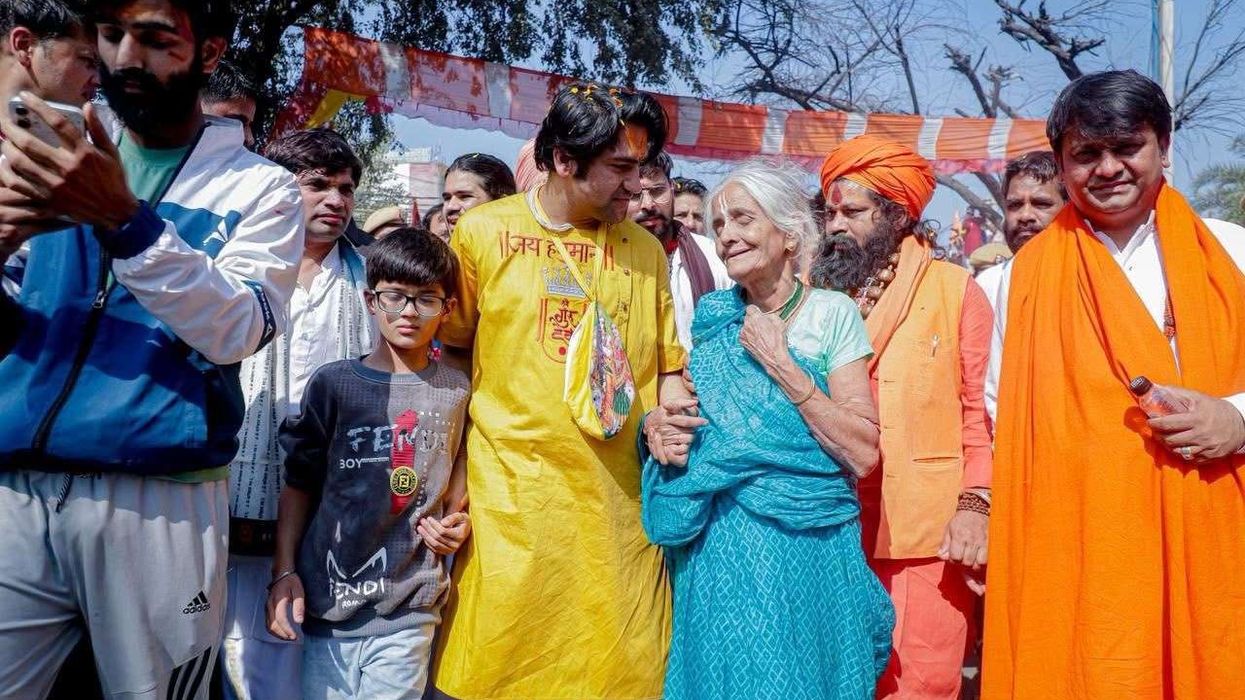Animated series Baahubali: Crown of Blood, a prequel to SS Rajamouli’s two blockbuster Baahubali movies, is set to release on Disney+Hotstar on May 17, the streamer announced on Thursday.
Created by Rajamouli and Sharad Devarajan of The Legend of Hanuman fame, the show promises to take the audiences into an animated world of Baahubali to experience an untold story of epic adventure, brotherhood, betrayal, conflict, and heroism, a press release said.
Rajamouli started the franchise with 2015’s Baahubali: The Beginning, which starred Prabhas, Rana Daggubati, Anushka Shetty, Sathyaraj, and Tamannaah Bhatia. The movie broke many records with its box office collection, emerging as the first South Indian film to gross over £65 million worldwide.
It was followed by the second part, titled Baahubali: The Conclusion, and released in 2017.
Baahubali: Crown of Blood will follow a story where Baahubali and Bhallaladeva join hands to protect the great kingdom of Mahishmati and the throne against its greatest threat, the mysterious warlord known only as Raktadeva, according to the official plotline.
A Graphic India and Arka Mediaworks production, the animated show is produced by Rajamouli, Devarajan, and Shobu Yarlagadda. It is directed by Jeevan J Kang and Navin John.
Rajamouli said he is “extremely happy to bring the story in the animated format”.
“The world of Baahubali is vast, and the film franchise was the perfect introduction to the same. However, there’s so much more to explore, and that’s where Baahubali: Crown of Blood comes into the picture. This story will reveal for the first time many unknown twists in the lives of Baahubali and Bhallaladeva and a dark secret long forgotten as the two brothers must save Mahishmati”, he added.
Prabhas, who starred in the titular role in the movies, said the show will explore an important chapter in Baahu’s and Bhalla’s life.
“It’s an exciting time that Baahubali and Bhallaladeva are going to come together in this unseen chapter of Baahubali’s journey. Baahubali: Crown of Blood is a chapter that takes place before the story in the film franchise… I cannot wait to watch this new chapter in Baahubali’s journey,” the actor said.
Daggubati, who played Bhallaladeva in the movies, said he is excited to see the legacy of the franchise being continued with animated storytelling format.
“This new chapter of Baahubali and Bhallaladeva’s life will unfold many more mysteries of the Baahubali world. I am thrilled that SS Rajamouli, Sharad Devarajan, Disney+Hotstar, Arka Mediaworks, and Graphic India are bringing this new chapter of Baahubali’s world in an animated format that will introduce the world of Baahubali to the fans and newer audiences in an exciting way,” he added.






 DJ Shai Guy
DJ Shai Guy  DJ Shai Guy
DJ Shai Guy DJ Shai Guy
DJ Shai Guy DJ Shai Guy
DJ Shai Guy






